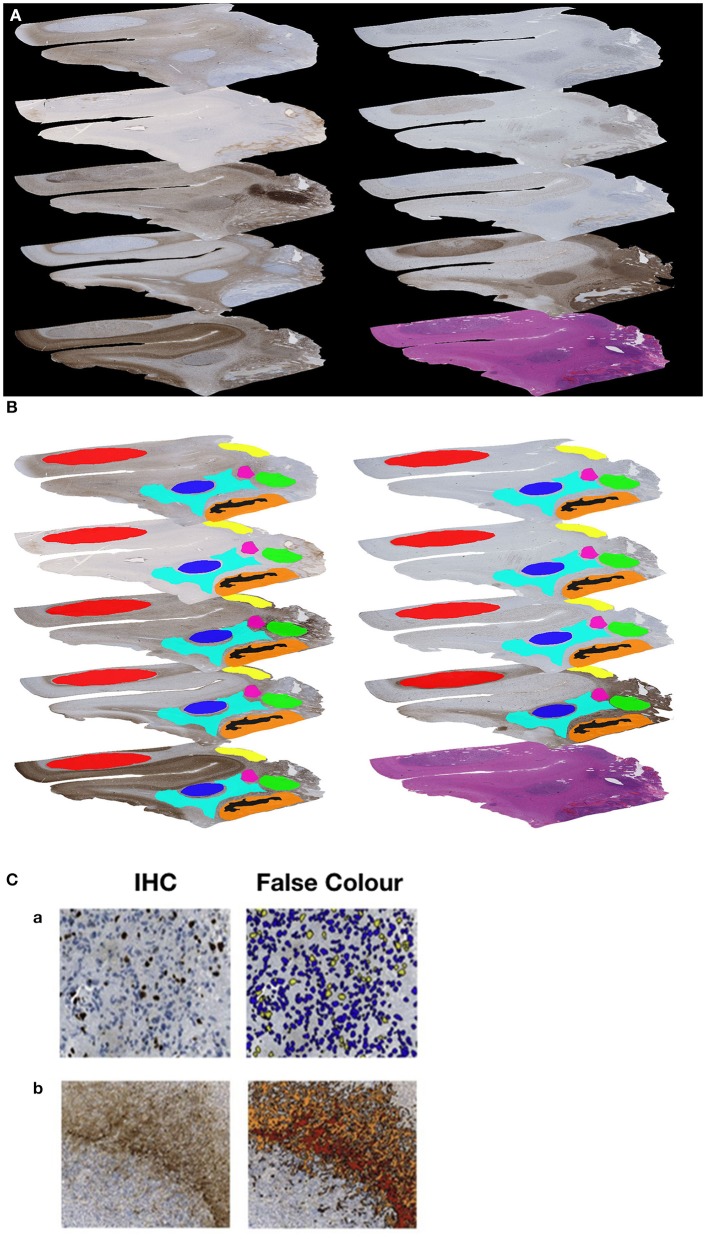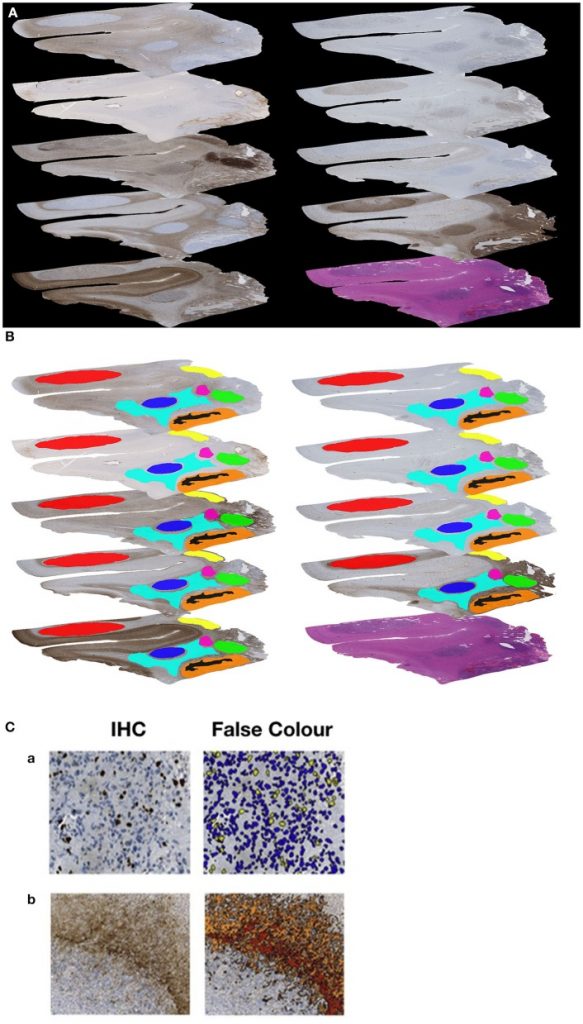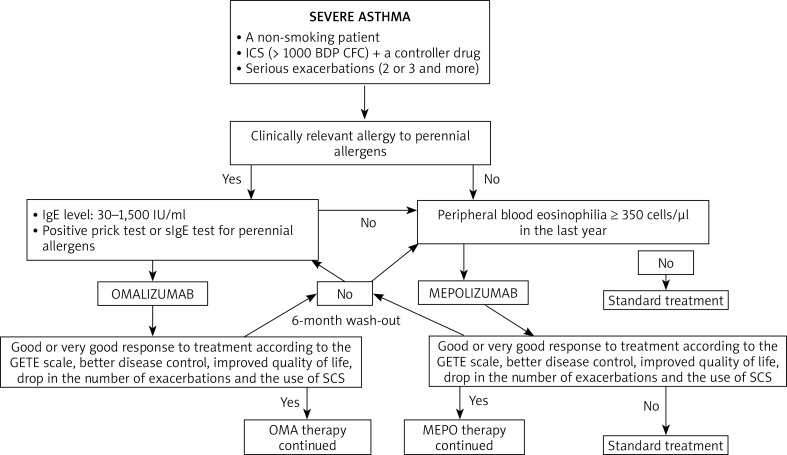4-HNE Immunohistochemistry and Picture Evaluation for Detection of Lipid Peroxidation in Human Liver Samples Utilizing Vitamin E Therapy in NAFLD as a Proof of Idea
Lipid peroxidation is a typical function of liver illnesses, particularly non-alcoholic fatty liver illness (NAFLD). There are restricted validated instruments to check intra-hepatic lipid peroxidation, particularly for small specimen. We developed a semi-quantitative, totally automated immunohistochemistry assay for the detection of 4-hydroxynoneal (4-HNE) protein adducts, a marker of lipid peroxidation, for adaptation to medical diagnostics and analysis. We used Hep G2 cells handled with 4-HNE to validate specificity, sensitivity, and dynamic vary of the antibody. Staining and semi-quantitative automated readout have been confirmed in human needle-biopsy liver samples from topics with NAFLD and regular liver histology.
The flexibility to detect adjustments in lipid peroxidation was examined in paired liver biopsies from NAFLD topics, obtained earlier than and after Four weeks of therapy with the antioxidant vitamin E. The mobile calibrator was linear and NAFLD sufferers had considerably greater ranges of 4-HNE adducts in comparison with controls (p=0.02). Vitamin E therapy considerably decreased 4-HNE (p=0.0002). Our findings display that 4-HNE quantification by immunohistochemistry and automatic picture evaluation is possible and in a position to detect adjustments in hepatic lipid peroxidation in medical trials. This methodology could be utilized to archival and contemporary samples and ought to be thought of to be used in assessing NAFLD histology.

Low Molecular Weight Cytokeratin Immunohistochemistry Reveals That Most Salivary Gland Warthin Tumors and Lymphadenomas Come up in Intraparotid Lymph Nodes
The character of the lymphoid stromal part in Warthin tumor and lymphadenoma of the parotid gland has been a controversial subject in salivary gland pathology for many years. Two theories exist: first, that these tumors come up from salivary gland inclusions inside intraparotid lymph nodes; and second, that they come up inside salivary gland parenchyma and induce tumor-associated lymphoid proliferation (TALP). A latest research demonstrated that low molecular weight cytokeratin is efficient in distinguishing salivary gland tumors inside lymph nodes from these inducing TALP through identification of extrafollicular reticulum cells, that are solely present in true lymph nodes.
Twenty-one Warthin tumors and Four lymphadenomas have been retrieved from the archives of the Division of Pathology at College of Texas Southwestern Medical Middle. Cam5.2 immunohistochemistry was carried out on every case and independently evaluated by two pathologists. Extrafollicular reticulum cells have been recognized by Cam5.2 immunostaining in 21 of 21 Warthin tumors (100%), and three of Four lymphadenomas (75%). Extrafollicular reticulum cells have been persistently localized to the perisinusoidal and paracortical areas of the lesions studied.
[Linking template=”default” type=”products” search=”ImmuChem ImmunoHistoChemistry Kit: Detoxification Solution” header=”2″ limit=”122″ start=”4″ showCatalogNumber=”true” showSize=”true” showSupplier=”true” showPrice=”true” showDescription=”true” showAdditionalInformation=”true” showImage=”true” showSchemaMarkup=”true” imageWidth=”” imageHeight=””]
This discovering strongly helps the notion that these most if not all of those tumors come up inside intraparotid lymph nodes, presumably from salivary gland inclusions entrapped throughout embryonic improvement. Of the remaining 190 sufferers, 169 (88.9%) have been constructive for one more therapy-associated marker or a marker that may doubtlessly qualify the affected person for a medical trial. Extrafollicular reticulum cells have been recognized through low molecular weight cytokeratin Cam5.2 immunohistochemistry in all the Warthin tumors and many of the lymphadenomas evaluated.


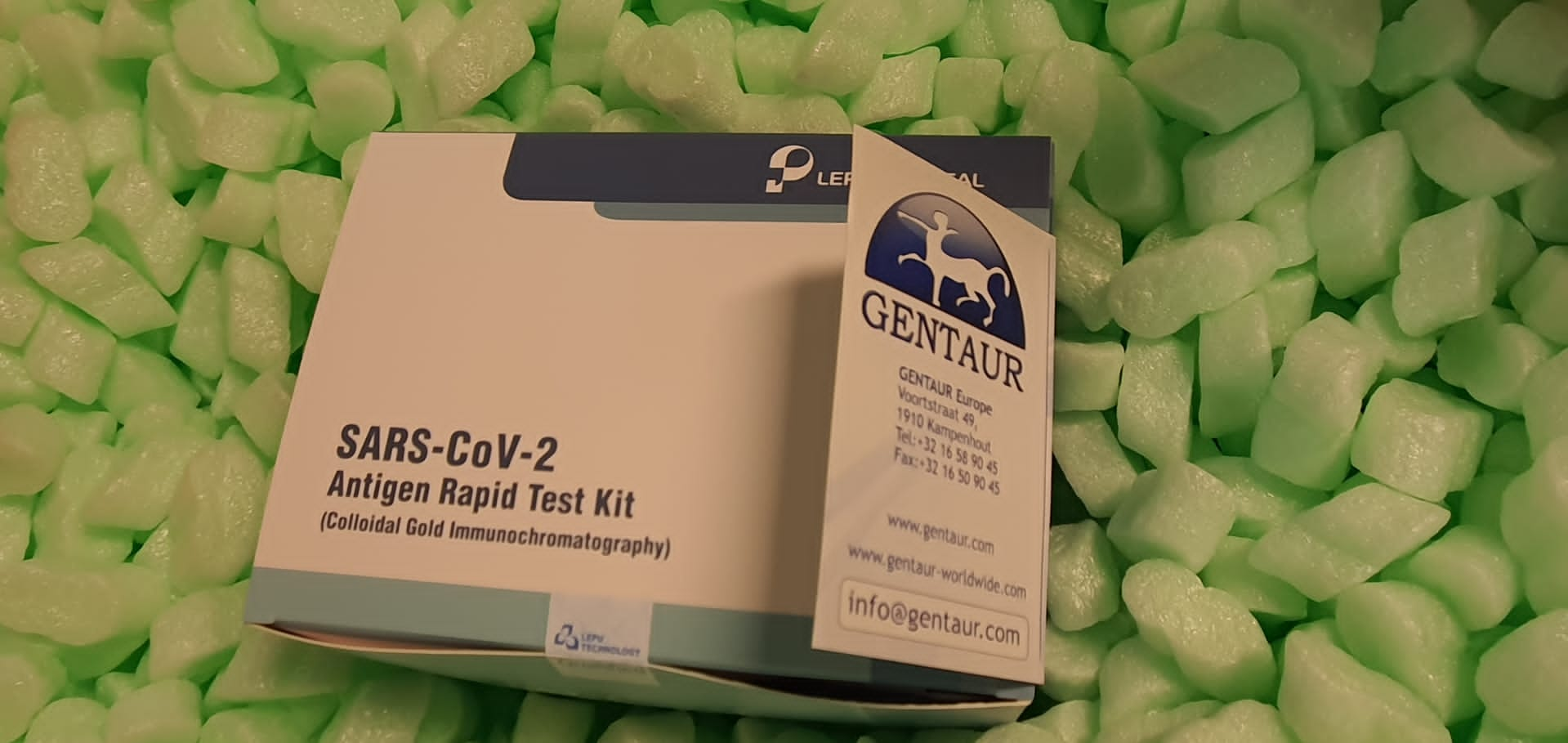
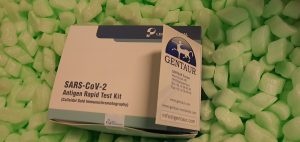
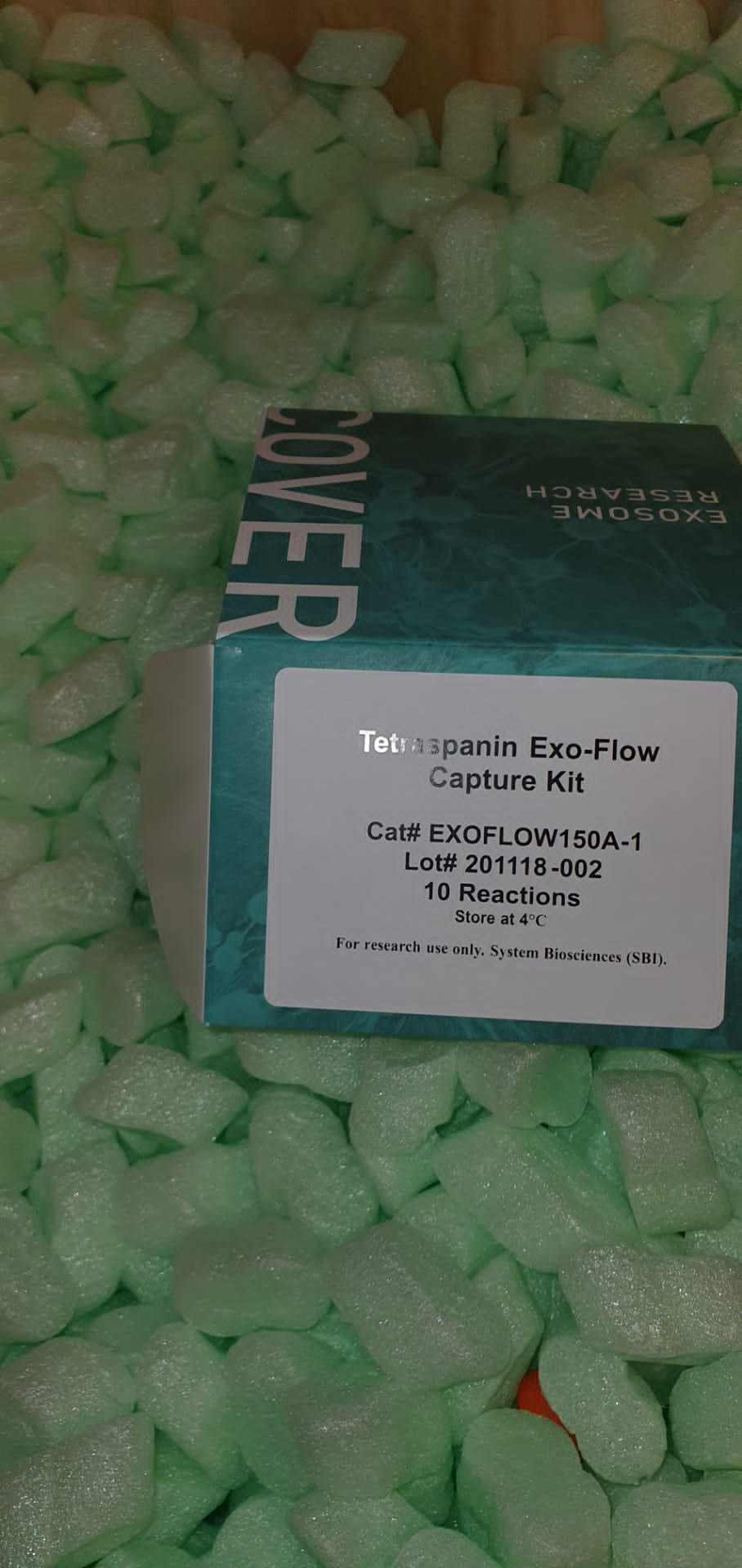
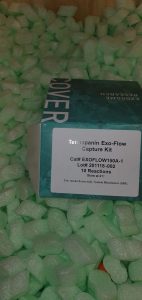

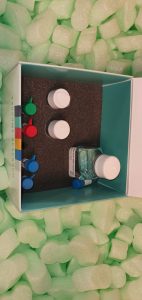
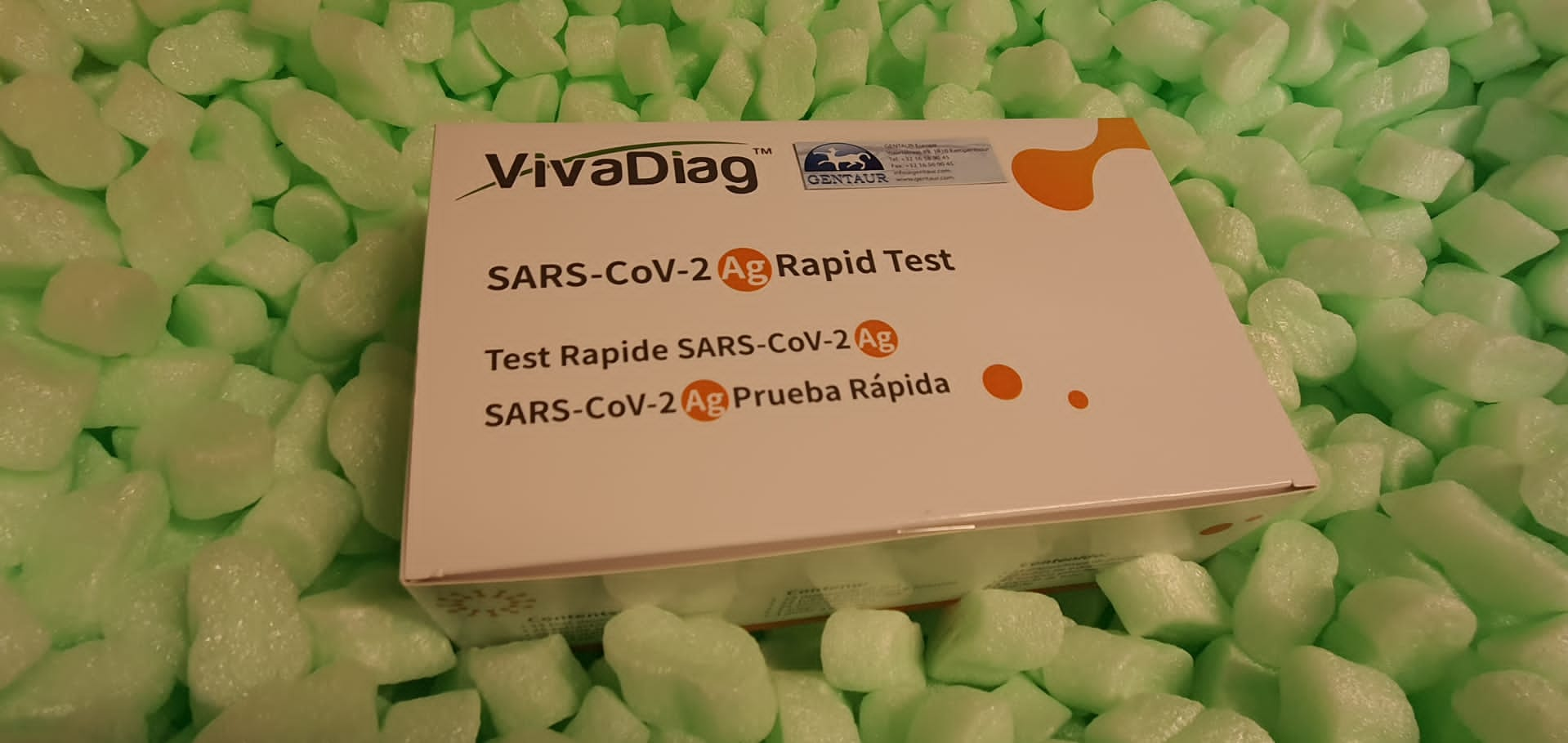
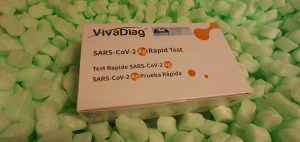
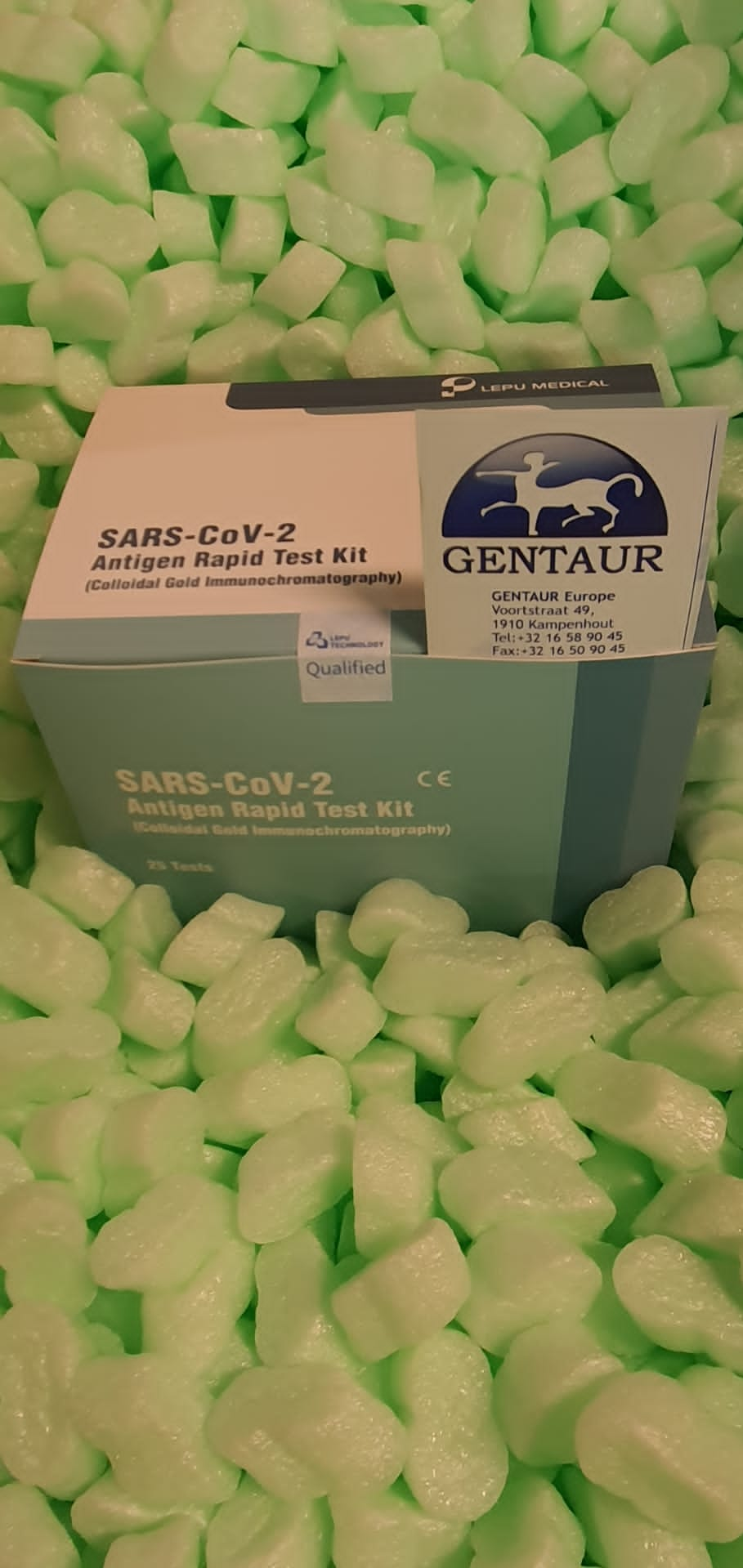
 Automated TTF-1 Immunohistochemistry Assay for the Differentiation of Lung Adenocarcinoma Versus Lung Squamous Cell Carcinoma
Automated TTF-1 Immunohistochemistry Assay for the Differentiation of Lung Adenocarcinoma Versus Lung Squamous Cell Carcinoma
